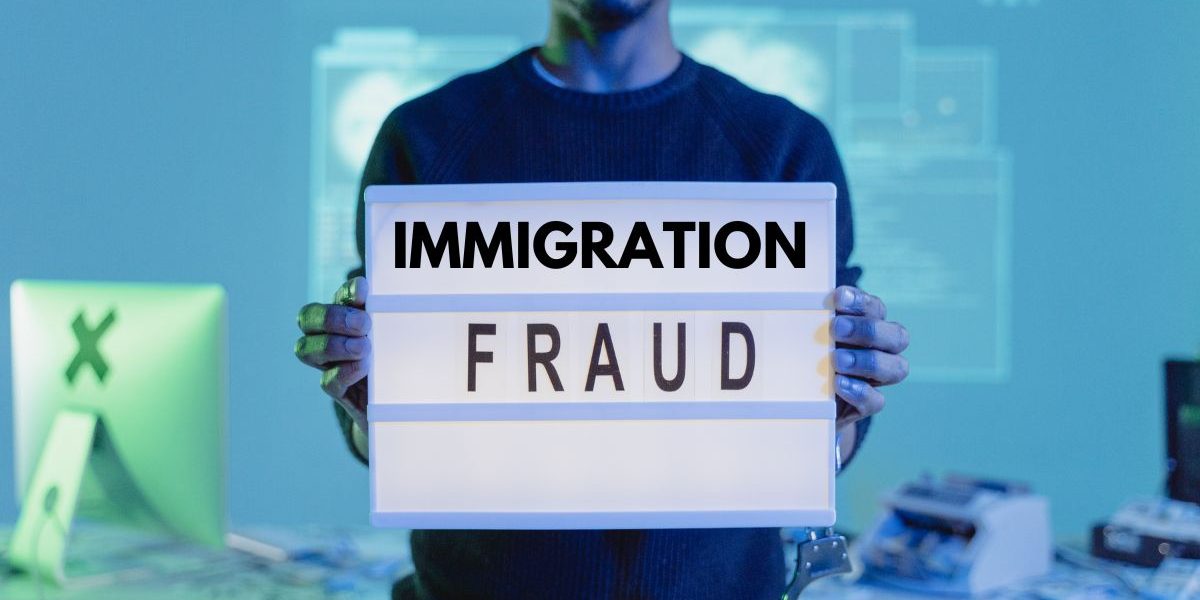When people think about immigration, they often picture long lines at consulates, stacks of paperwork, and hopeful families waiting for approval. Behind the scenes, however, immigration systems face ongoing challenges—not just in processing applications, but in protecting against fraud.
Fraud in immigration systems doesn’t always look like a criminal mastermind with forged passports. It can be subtle, involving fake marriages, dishonest job offers, or forged documents that seem legitimate at first glance. These cases may seem isolated, but when they go unchecked, they damage public trust, delay valid applications, and put vulnerable people at risk.
Why Awareness on Immigration Fraud Matters
Most people follow the rules when applying for visas, green cards, or asylum. But when fraud occurs, it creates roadblocks for everyone else. Fraudulent cases slow down processing times, drain resources, and invite stricter policies that affect legitimate applicants.
When agencies are overwhelmed with questionable claims, it makes it harder to focus on those who truly qualify. This can hurt families waiting for reunification or workers trying to fill essential jobs. It also affects national security by allowing individuals to slip through background checks using false identities or documents.
Public support for immigration policies often depends on the belief that the system is fair. If that trust is lost, it becomes harder to build consensus around reforms or expand legal pathways. That’s why detecting and preventing fraud matters—not just to officials, but to communities, employers, and immigrants themselves.
How Immigration Fraud Happens
Fraud in immigration systems can take many forms. Some of the most common include:
- Marriage fraud: When two people enter a fake marriage to obtain legal status. In some cases, both parties are aware; in others, one person may be tricked or exploited.
- Employment fraud: When a company falsely claims to employ a foreign worker, or when job offers are created only to support a visa application.
- Document fraud: This involves using forged birth certificates, educational records, or travel histories to meet eligibility requirements.
- Asylum fraud: Submitting a false narrative about persecution to gain protection under asylum laws. This is especially difficult to detect because the standard of proof is different than in other cases.
These actions are not just technical violations. In some situations, they involve organized networks that charge high fees, mislead clients, or forge entire case files. People who pay for these services may not even realize they are committing fraud—until it’s too late.
Tools for Detecting Fraud
Government agencies rely on a mix of technology, cross-checking, and human review to identify potential fraud. In-person interviews are often a key part of the process. Officers are trained to look for inconsistencies between documents and answers provided. They may ask detailed questions about a marriage or job to determine if it’s real.
Background checks are also important. Systems like IDENT and databases shared across countries help track previous applications, aliases, and criminal histories. In recent years, agencies have started using more data analytics to flag unusual patterns, such as multiple applications coming from the same address or sponsor.
Whistleblowers also play a role. Employers, family members, or community members sometimes report cases where they suspect fraud. While these tips can lead to investigations, officials still need evidence to take action.
Some fraud cases take months or even years to uncover. Others are caught early, saving the system time and resources.
Real-World Examples
In one widely reported case, a group of recruiters in the U.S. was found submitting fake job offers to bring in workers from overseas. These workers paid thousands of dollars expecting real employment, only to find there was no job waiting. The case led to arrests and policy changes that tightened employer verification requirements.
Another case involved a marriage fraud ring that arranged hundreds of sham marriages between citizens and foreign nationals. Some of the U.S. citizens were paid, while others were misled about the purpose. Once uncovered, the operation resulted in dozens of convictions and closer screening during spousal visa interviews.
These are not just stories from major cities. Smaller communities, too, have seen fraud cases that affect local families, schools, and services.
Impact on Applicants and Communities
When fraud is exposed, it often leads to more scrutiny for everyone. Legitimate couples, workers, and asylum seekers may face longer waits, more interviews, or additional paperwork. This can lead to frustration and fear, especially for those who are already vulnerable.
Fraud also creates opportunities for exploitation. Some unlicensed immigration consultants, often called “notarios,” take advantage of community members by promising fast results and charging high fees. In many cases, they submit incomplete or fraudulent applications that result in denial—or worse, deportation.
Communities suffer when good-faith applicants are punished alongside bad actors. Families are separated, job offers are withdrawn, and people lose trust in both the system and those claiming to help them.
What Can Be Done
Stronger oversight and better education can help reduce fraud in immigration systems. Applicants need access to accurate information and trustworthy legal support. Government agencies can expand outreach in immigrant communities to explain how the process works and how to avoid scams.
Legal aid organizations can play a role by helping people understand their rights and options. When individuals know the risks of using fraudulent services—or the consequences of lying on an application—they are more likely to follow the rules.
Technology also helps. Secure online systems, biometric checks, and database tracking can catch irregularities early. But these tools must be used carefully to avoid mistakes that hurt honest applicants.
Policymakers can support targeted investigations rather than blanket crackdowns. This allows agencies to focus on fraud while still processing good cases efficiently.
Fraud in immigration systems is a real problem—but it is also one that can be managed with the right tools, policies, and public engagement. When agencies, communities, and applicants work together to uphold the law, it creates a stronger system for everyone involved.
